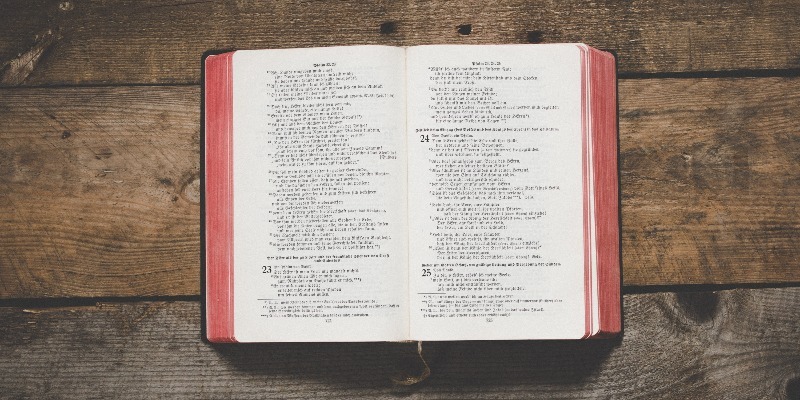The Bible for Grown-ups: a New Look at the Good Book

Book review by Robin Saunders
Loveday is an anthropologist and literary critic who has read not only the bible itself but a lot of biblical criticism. His bibliography ranges from Don Cupitt to Pope Benedict XVI via Geza Vermes and Rowan Williams, but does not mention Borg, Crossan, Spong or Holloway (perhaps simply because they are not considered to be in the forefront of original biblical scholarship). The book is in three sections, covering each of the Old and New Testaments, and concluding with 'A Vision of Freedom'. In sections 1 and 2, the background biblical structure, context and history are set out, followed by a selection of historical and moral inconsistencies.
The historical background to the Old Testament is thoroughly covered and well explained. Much is made of the lack of archaeological or other evidence for the sequence of events portrayed, particularly the timescale and lack of any reference to the Hebrews or Exodus in ancient Egyptian records. The question 'Who wrote the Old Testament' makes considerable use of parallel accounts of the same events, particularly the two creation stories in Genesis, to show why the final editing of the Pentateuch (probably by Ezra) had to include them all. There is hardly anything about the Prophets or the rest of the Old Testament except when discussing contradictions about moral precepts.
The New Testament gets almost double the number of pages, with a comprehensive account of the background context and history. The many inconsistencies between the four gospels are analysed and used to demonstrate their different probable origins. The way in which both the gospels and epistles have been used by different churches over the centuries since they were written show a range of moral interpretations, allowing us to choose that which we find most convincing, and Loveday seems to favour a 'mild forgiving, inclusive Jesus' over a God of 'Judgement and an eternity of Damnation'. He also asks the question 'Who did Jesus think he was?', and favours Reza Aslan's 'Zealot', in which Jesus believes himself to be Daniel's Son of Man, the coming Saviour of the Jews.
It is all well written, very readable and right up CRC's street, with familiar arguments about the differences between history, myth and metaphor, and is aimed at a general readership who might not have encountered such analysis before. His concern is to reveal the Bible as a literary work of vision and imagination in its own right from which readers are to draw their own conclusions, rather than a religious text supporting a particular faith. I found this a slightly tantalising position because I was always wanting to know what he really thinks about how it should influence Christian faith, so although he covers a lot of very similar ground to Borg and Spong, the impression I received was somewhat different. No doubt he does hold some such faith, otherwise I cannot imagine why he would have written the book; but apart from making hopeful progressive noises, he does not really reveal himself.
Publisher
Icon Books
Photo Credit: Herrmann Stamm on Unsplash |
Edition / Date Published
2017 |
Resource Type
Books and book reviews |